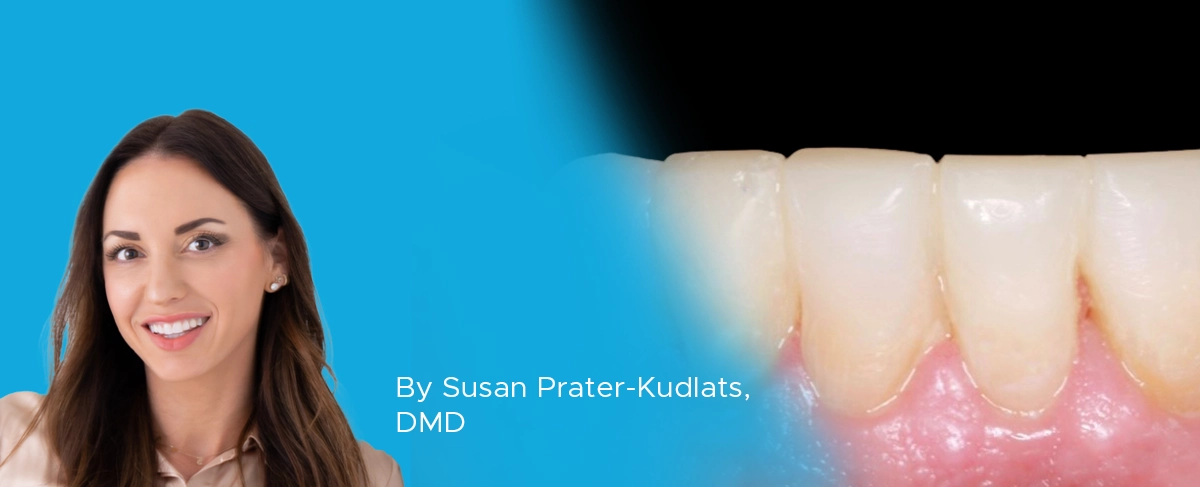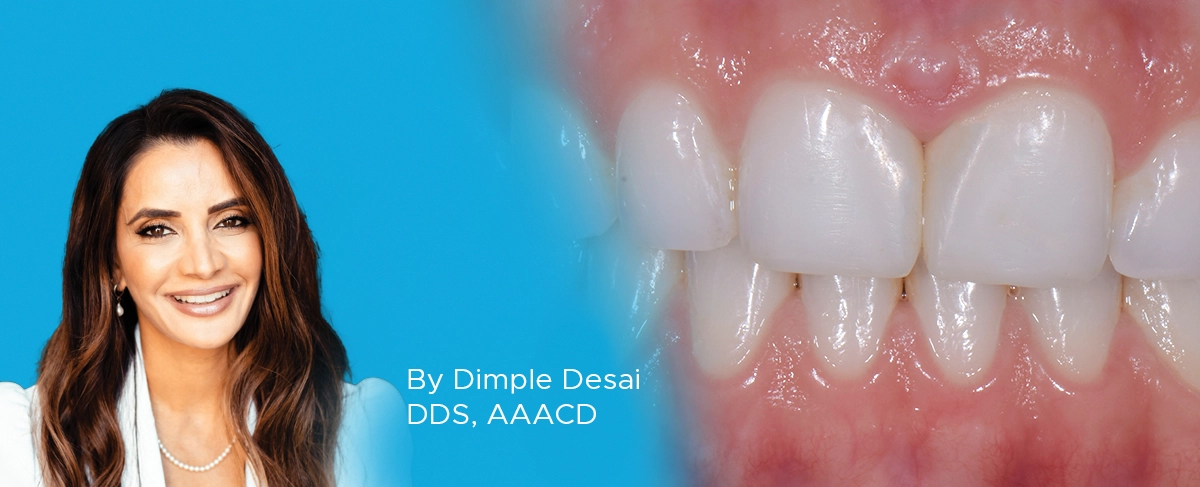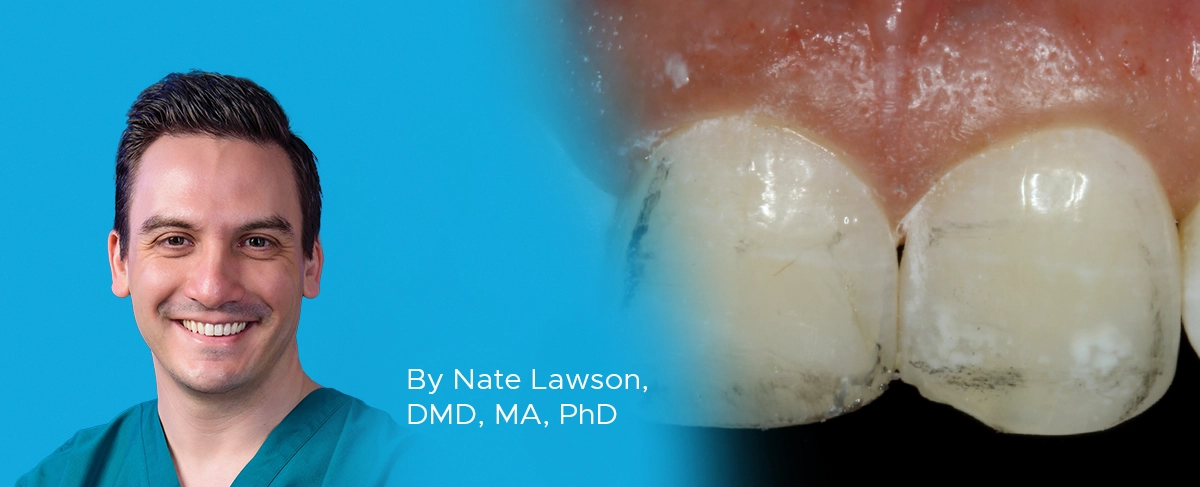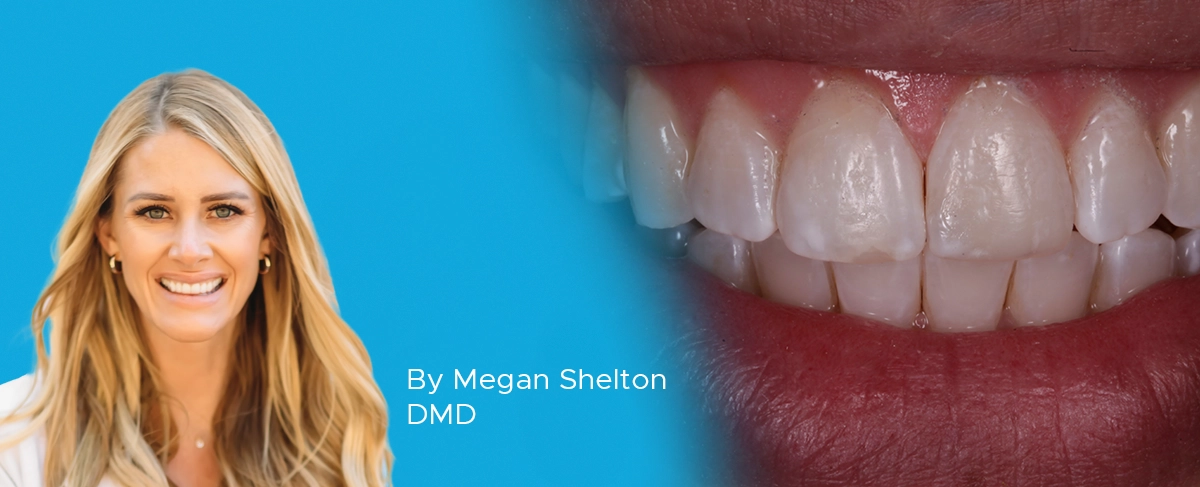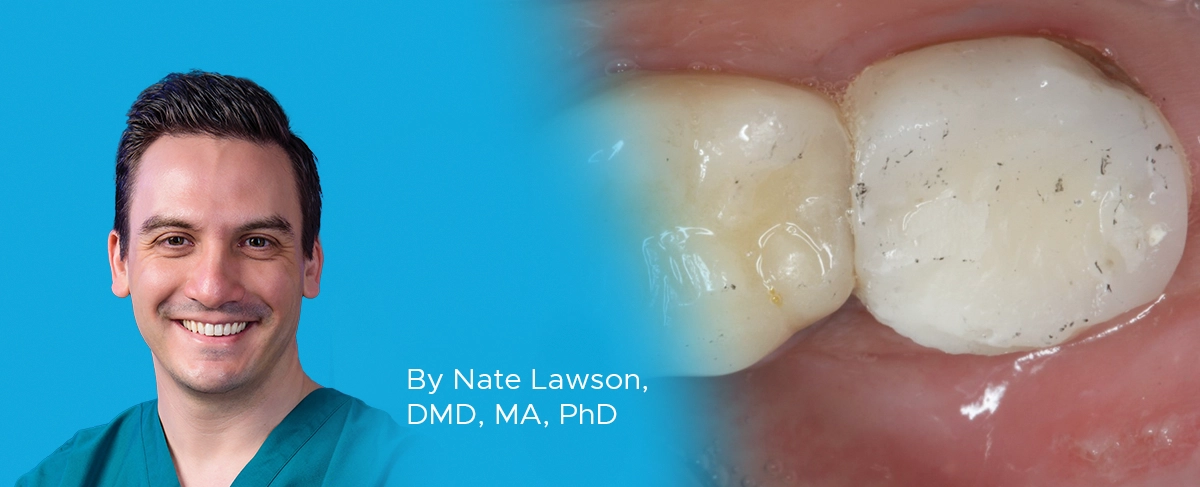Using Affinity Crystal and Evanesce Flow in an Injection Molding Technique
By Susan Prater-Kudlats, DMD
The injection molding technique is gaining popularity for dental clinicians due to its wide array of procedural applications. This technique involves injecting a low viscosity resin composite through a transparent silicone index made from a diagnostic wax-up, aiming to replicate the mock-up.
Patient Management and Treatment of the Midline Diastema
By Dimple Desai, DDS, AAACD
A treatment plan is likely to be accepted by a patient if there is, at a minimum, a faith in the dentist that the restorative result will reflect the patient’s desired outcome at the agreed upon cost and timeline.
Take 5: 5 Restorative Clinicians’ Take On Evanesce Nano-Enhanced Universal Restorative
5 Restorative Clinicians' Take On Evanesce Nano-Enhanced Universal Restorative.
Ask the Expert: An Interview with Nate Lawson, DMD, MA, PhD on Composite Polishers
By Nate Lawson, DMD, MA, PhD
When I first learned to place composite restorations, I had issues achieving a smooth, porous-free surface that blended with my tooth preparation. Perhaps the most important tip to achieve this outcome is to maintain a smooth surface throughout the entire process of placing and layering the composite.
Multilayer Composite Technique for Extraordinary Outcomes in Common Clinical Situations
By Megan Shelton, DMD
Responsible esthetic dentistry embraces the notion of optimizing esthetic results with minimal tooth structure removal while acknowledging the inherent risk to the dentition as a result of any restorative intervention. It is this systemic approach that underlies my esthetic treatment planning and, more often than not, multilayered composite allows me to provide the highest quality esthetic dentistry with the least impact to tooth structure.
Ask the Expert: An Interview with Nate Lawson, DMD, MA, PhD on the Fabrication of Temporary Restorations
By Nate Lawson, DMD, MA, PhD
There are several methods used to fabricate temporary restorations. They range in complexity from “block” temporaries, formed from the free-hand carving of set temporary material placed over the prepared tooth, to pre-fabricated stainless steel or acrylic temporary crowns to 3D printed or milled temporaries.

